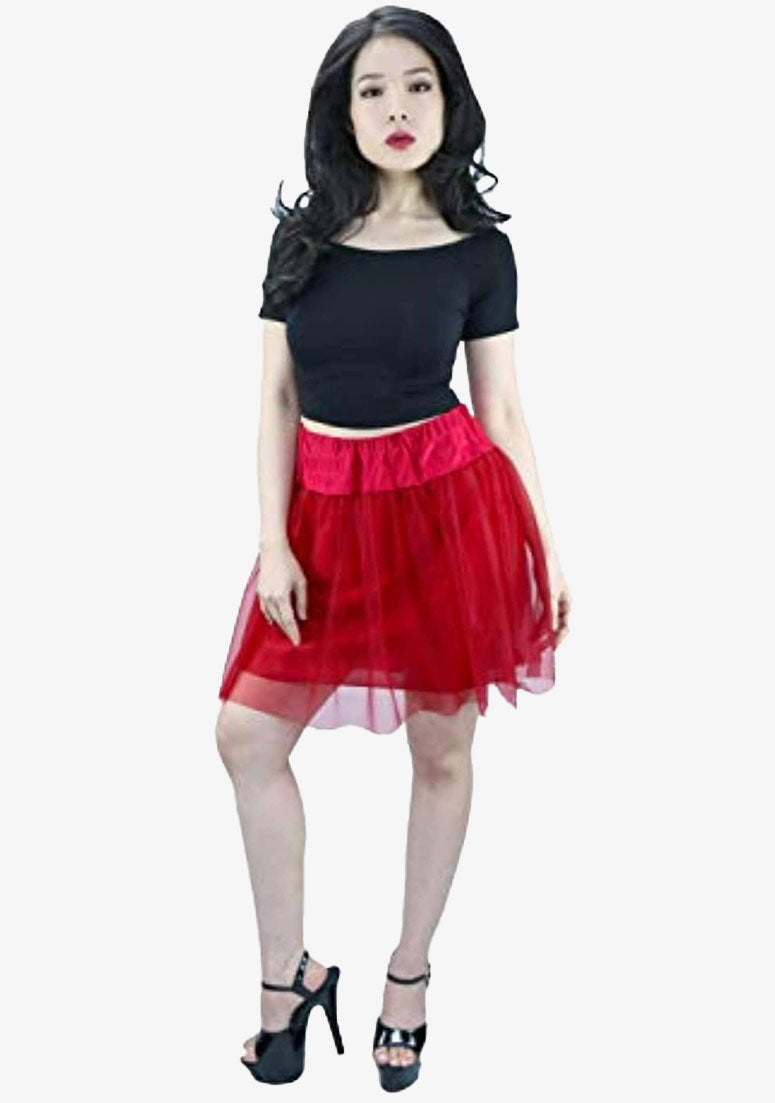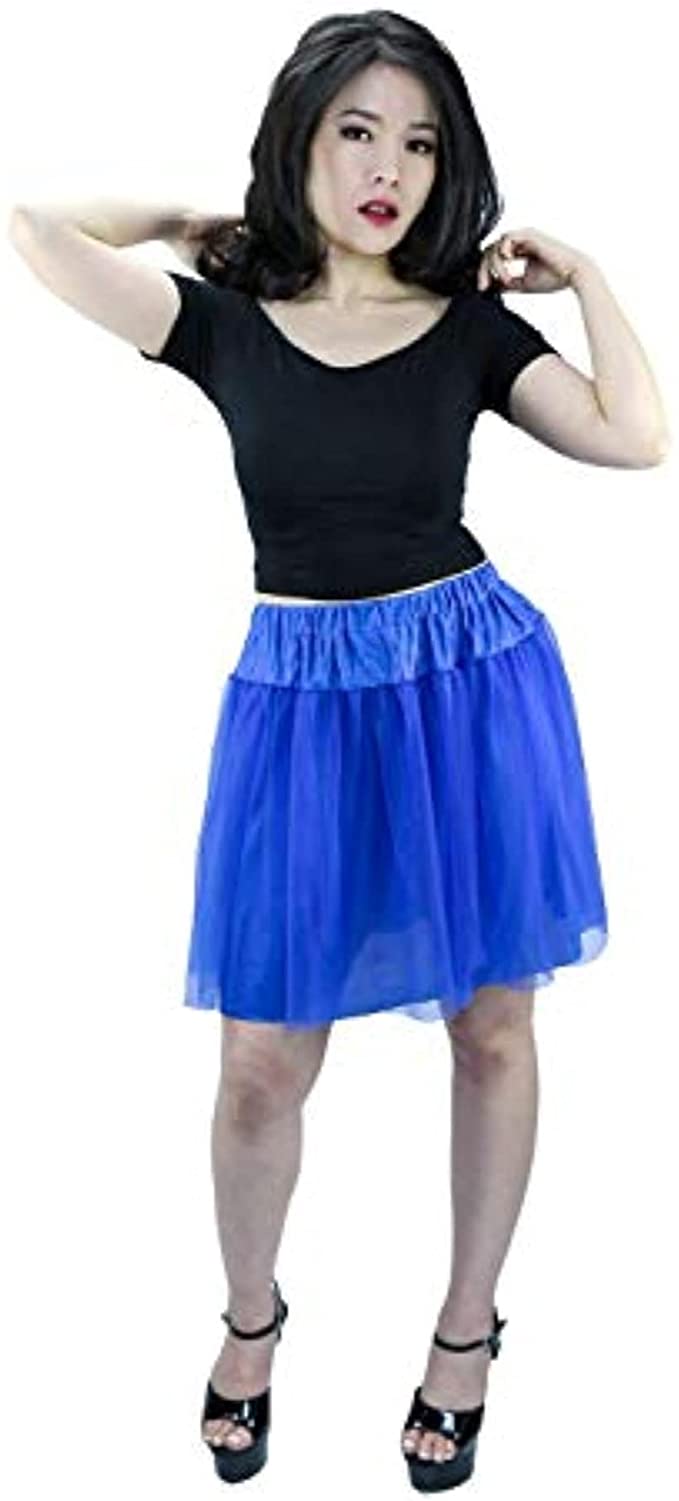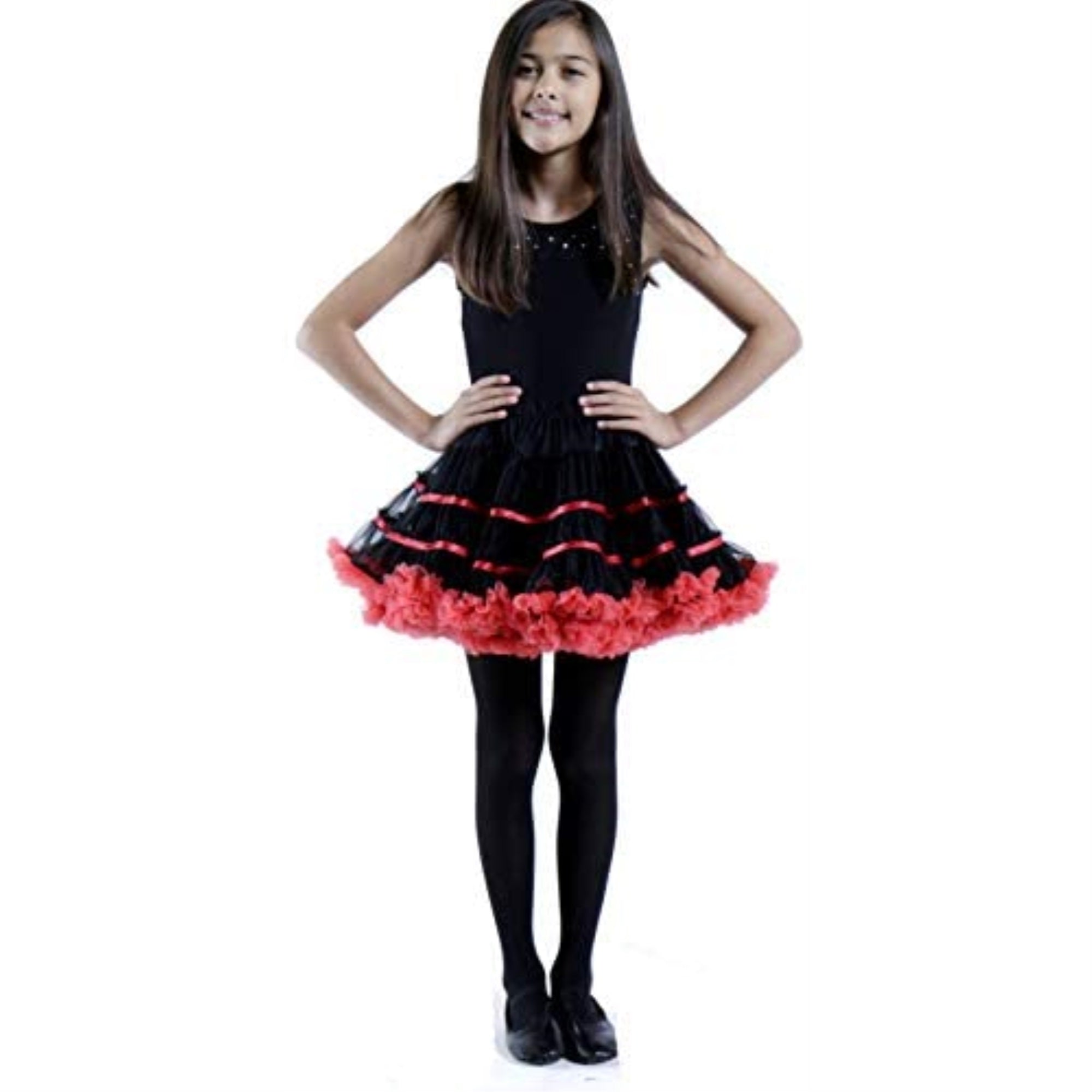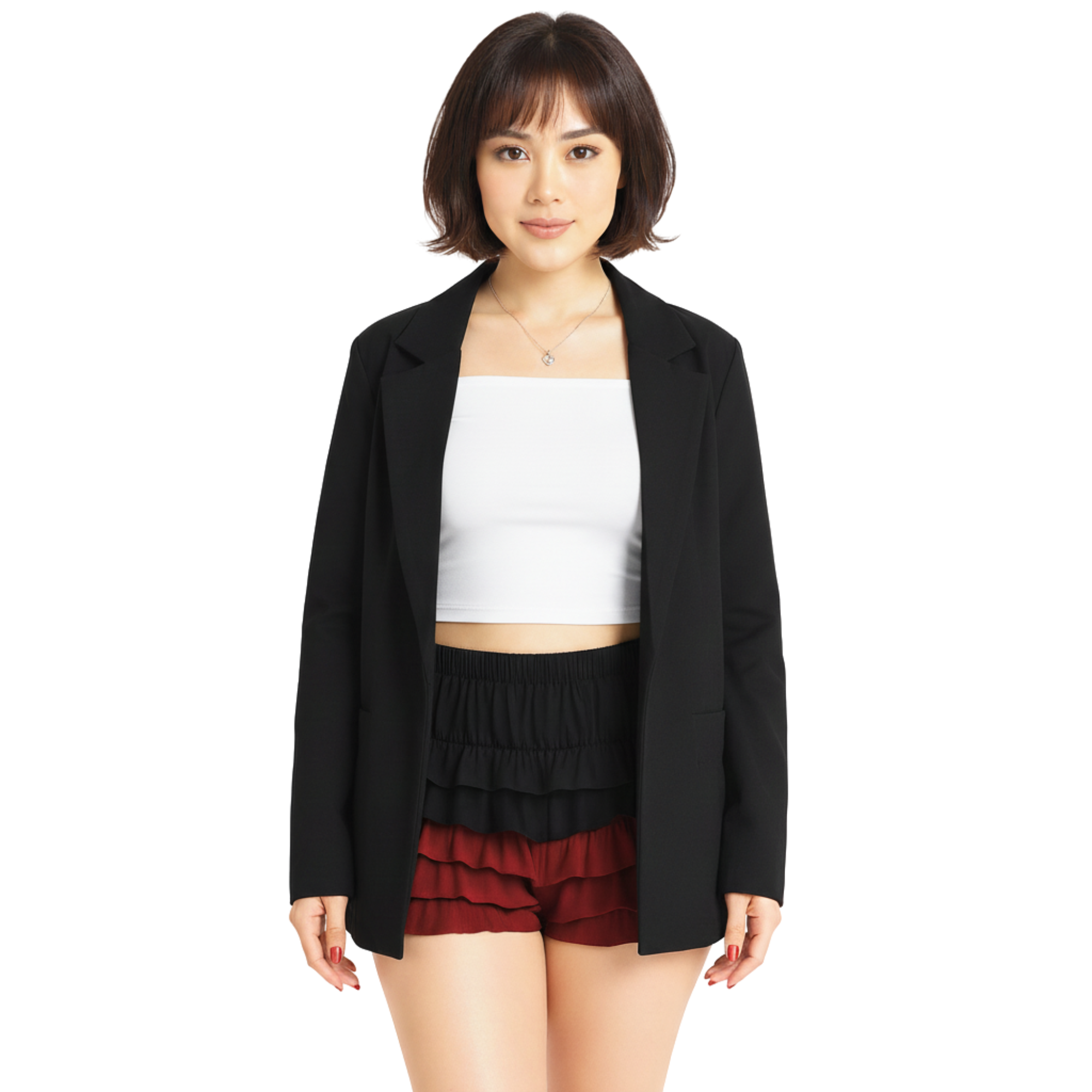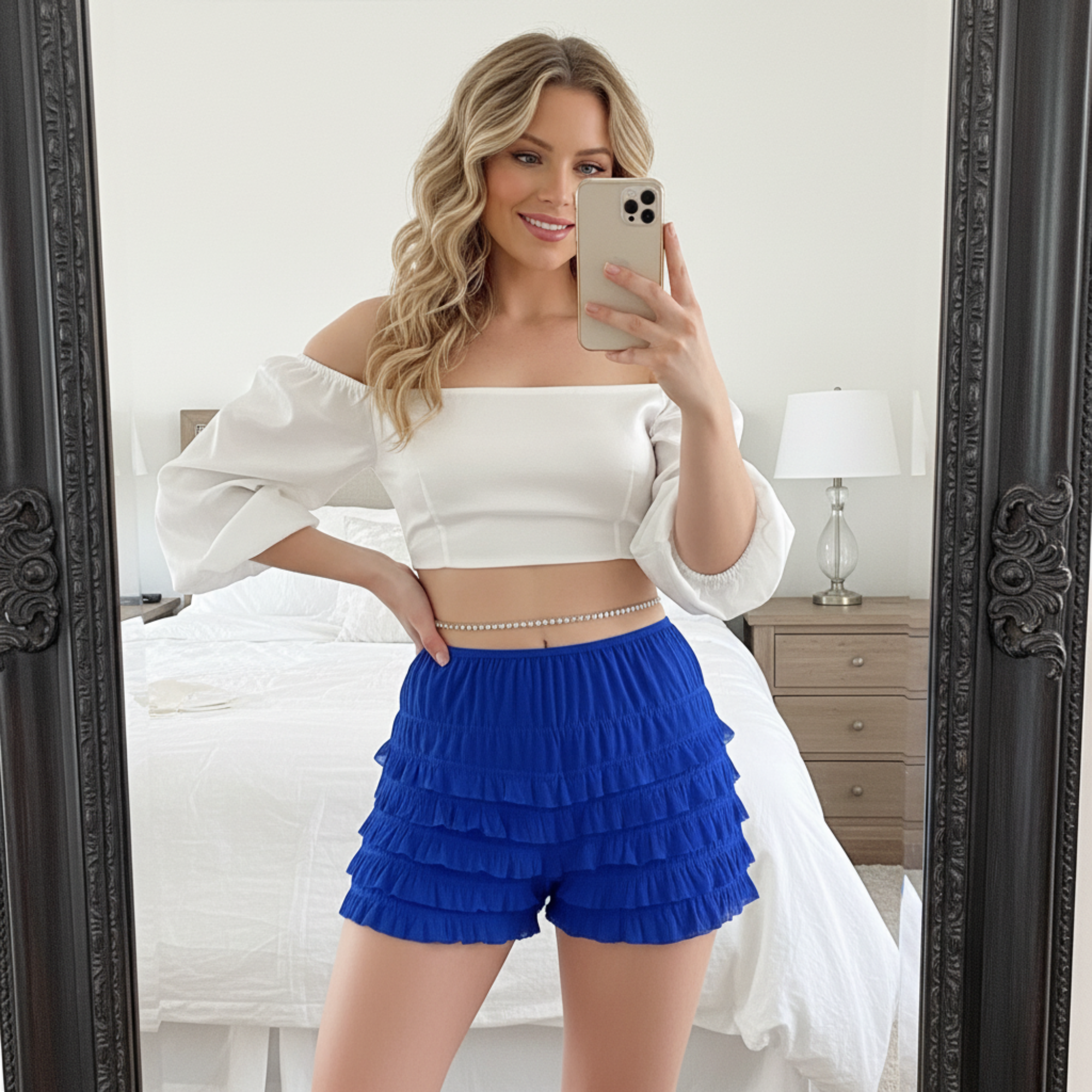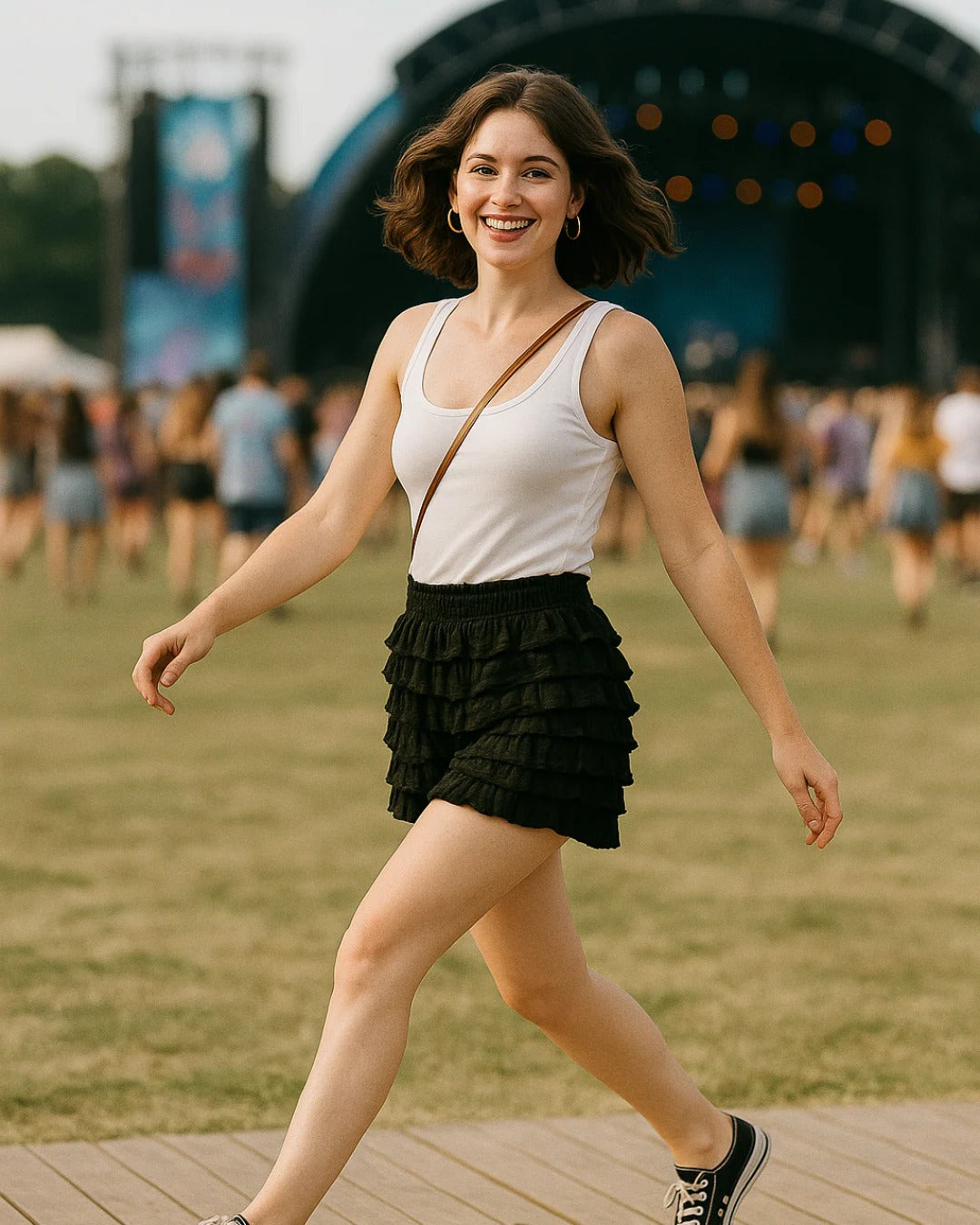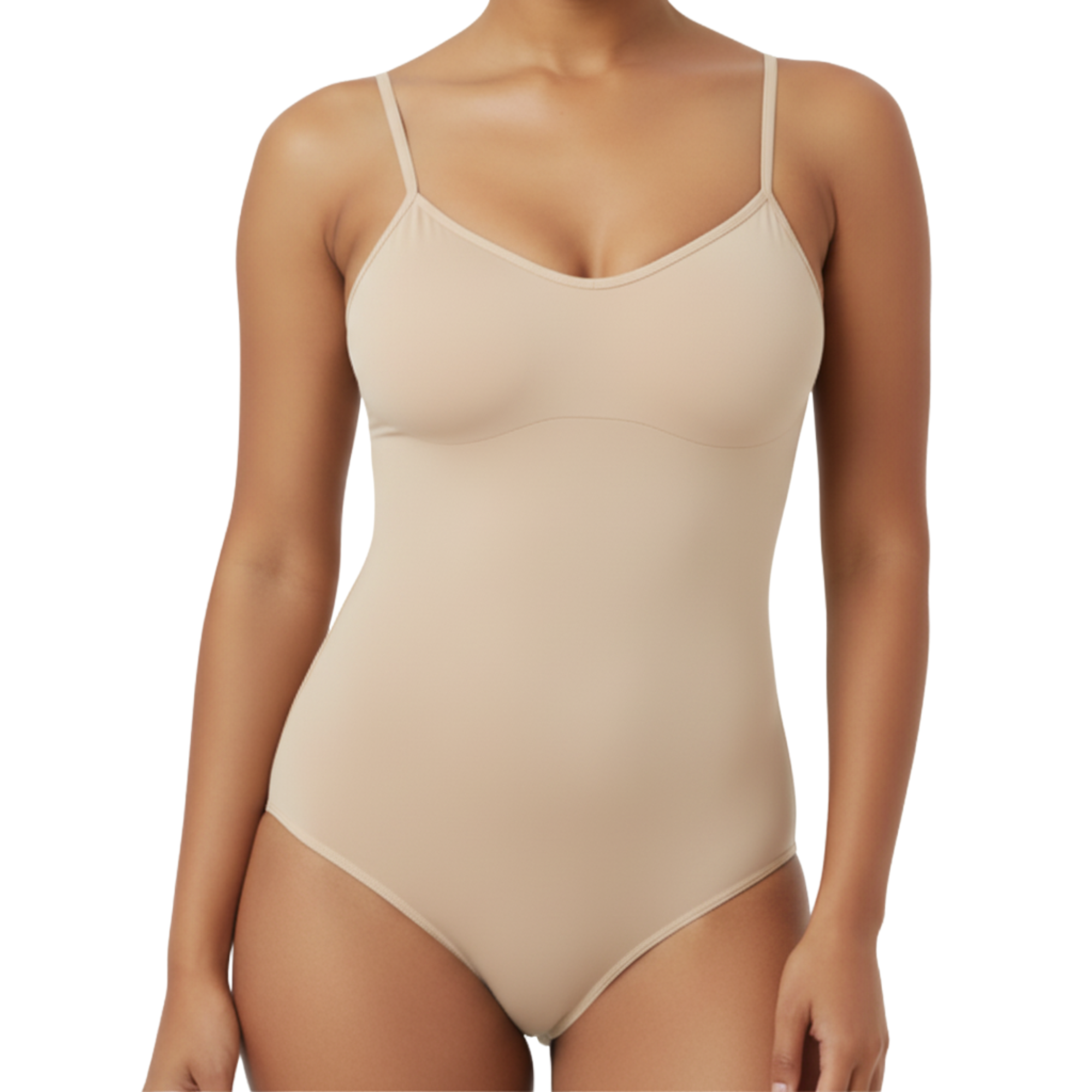Mastering Smart Casual Men's Style in 2025
Smart casual men's style in 2025 strikes a perfect balance between formal and casual elements — creating versatile, polished, and personally expressive outfits. It’s more than just a mix of formal and casual pieces; it’s a thoughtful, intentional approach to dressing that emphasizes fit, texture, color harmony, and minimalism in accessories. In this guide, we’ll break down everything you need to know to master smart casual dressing with confidence and style.
Key takeaways
- Smart casual blends formal and casual for a polished yet relaxed look.
- Fit, tailoring, and fabric texture are foundations for smart casual style.
- Neutral and earthy color palettes simplify outfit coordination.
- Minimalist accessories and well-maintained footwear complete the look.
- Contextual dressing ensures appropriateness for professional and social settings.
Table of contents
- Understanding Smart Casual: Beyond Half Formal, Half Casual
- Fit and Tailoring: The Foundation of Smart Casual Style
- Choosing the Right Colors: Simplify with Neutrals and Earthy Tones
- Elevate Your Wardrobe with Premium Textures and Fabrics
- Footwear: The Key to Shaping Your Outfit’s Formality
- Accessorizing with Minimalism and Purpose
- Garment Care and Presentation: The Invisible Style Factor
- Smart Casual Styling Tips: Upgrade with Confidence
- Dressing for Context: Professional and Social Settings
- Final Thoughts: Confidence and Consistency Are Your Best Accessories
Understanding Smart Casual: Beyond Half Formal, Half Casual
Smart casual style is often misunderstood as simply pairing formal pieces like blazers with casual jeans. The truth is it’s about a harmonious blend where each piece works together to create a coherent, stylish look.
- Avoid rigid divides like “half smart, half casual” combinations.
- Aim for balance by mixing relaxed and smart pieces thoughtfully.
- Examples: An unstructured wool blazer paired with drawstring wool pants or a pale blue Oxford shirt with navy chinos and an oatmeal sweater.
This approach elevates your appearance without feeling forced or contradictory.
Fit and Tailoring: The Foundation of Smart Casual Style
Fit and tailoring are essential for looking sharp in smart casual wear. Well-fitted clothes create a polished silhouette, instantly elevating your presence.
- Prioritize slim but comfortable fits—avoid overly tight or baggy garments.
- Incorporate tailored pieces like unstructured blazers with natural, unpadded shoulders.
- Use tapered trousers or chinos properly hemmed for a neat finish.
- Looser, voluminous pieces like cardigans can work if they maintain intentional structure.
- Tailoring in casual fabrics such as tweed or corduroy bridges the gap between formal and casual effortlessly.
Investing in tailored pieces that fit well sends a message of confidence and care.
Choosing the Right Colors: Simplify with Neutrals and Earthy Tones
Smart casual style thrives on versatile color palettes that simplify outfit coordination and enhance sophistication.
- Select smart neutrals: navy, charcoal, gray, olive, pale blue, oatmeal.
- Aim for a ratio of roughly 75% dark to 25% light tones for visual balance.
- Earthy hues such as beige, brown, and olive add warmth and timelessness.
- Pastels like pistachio or lavender can be used subtly for interest.
- Vintage greens, especially bottle green suits or sport coats, provide variety without losing professionalism.
- Avoid overly bright or flashy colors; stick to muted, soft shades.
This color strategy keeps your wardrobe adaptable and easy to mix and match day after day.
Elevate Your Wardrobe with Premium Textures and Fabrics
Texture adds depth and sophistication to your smart casual look, moving it beyond plain, flat basics.
- Incorporate brushed cotton, lambswool, corduroy, suede, cashmere, moleskin, and cotton twill.
- Use premium natural fibers for knits and shirts, such as merino wool or silk polos.
- Avoid synthetic, shiny fabrics except for subtle hybrid pieces.
- Layer textured items like a knit polo under a blazer or a merino tee beneath a suede jacket.
These choices bring visual interest and tactile appeal that enhances your outfit effortlessly.
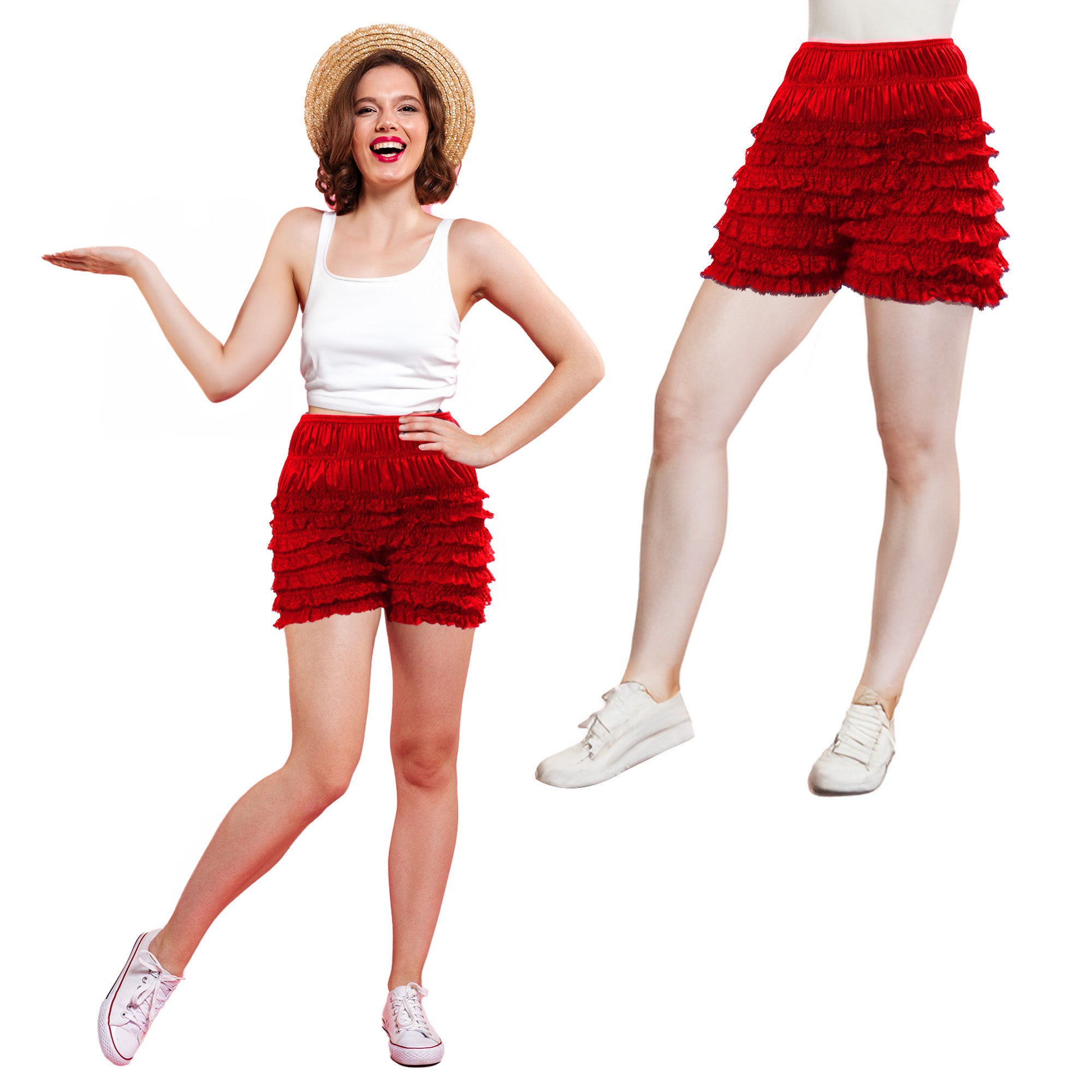
Footwear: The Key to Shaping Your Outfit’s Formality
Footwear drastically affects the formality and mood of your smart casual ensemble.
- Opt for clean leather dress shoes, suede or leather loafers, Derby shoes.
- Minimalist premium sneakers in white or muted tones can modernize your look.
- Chelsea boots and desert boots are versatile stylish options.
- Avoid dress-shoe-sneaker hybrids and flashy, worn-out shoes.
- Maintain shoes with regular polishing and sole care.
The right shoes tie your outfit together, making a strong style statement.
Accessorizing with Minimalism and Purpose
Accessories in smart casual style should complement without cluttering or competing.
- Choose simple watches: classic dive or field styles with leather or fabric straps.
- Match leather belts to shoe tones for a cohesive look.
- Keep jewelry subtle — simple rings or chains work well in moderation.
- Select understated, functional bags like leather folios, totes, or minimalist backpacks.
- Avoid statement or stacked accessories in professional settings; save those for more creative or social environments.
Minimalism in accents supports overall polish and attention to detail.
Garment Care and Presentation: The Invisible Style Factor
How you maintain and present your clothes speaks volumes about your professionalism and polish.
- Keep shirts and chinos wrinkle-free by ironing or steaming.
- Gently brush knits and blazers to remove lint and maintain freshness.
- Use shoe trees to retain footwear shape and rotate shoes for longevity.
- Follow fabric-specific care instructions for wool, suede, and premium cotton.
Well-kept garments elevate your outfit and boost confidence.
Smart Casual Styling Tips: Upgrade with Confidence
Mastering smart casual styling involves layering and upgrading casual staples with sharper pieces.
- Start with casual essentials: quality jeans, plain tees.
- Upgrade one element: replace the tee with a crisp polo, swap hoodies for blazers, or sneakers for loafers.
- Layer textures thoughtfully: knit polo under blazers, merino tees beneath suede jackets.
- Use tonal looks (all-black or navy palettes) to simplify and add sophistication.
- Subtle pattern mixing (plaid jackets, striped shirts) adds personality without overdoing it.
These steps allow flexibility to dress appropriately for both professional and social occasions.
Dressing for Context: Professional and Social Settings
Smart casual is versatile but must be tailored to context and industry norms.
- In professional environments, favor tailored blazers with chinos, slim trousers with clean polos, or dark, undistressed jeans with button-ups.
- Social settings allow for relaxed tailoring, play with colors, and standout accessories while keeping polish intact.
- Always edge slightly towards formality in new or hybrid workplace environments to convey professionalism.
- Avoid light wash jeans, flashy accessories, and neglect of fit or grooming in all settings.
Reading your environment ensures your smart casual outfit is always appropriate and confident.
Final Thoughts: Confidence and Consistency Are Your Best Accessories
Smart casual style in 2025 is accessible, adaptable, and polished. The key lies in investing in well-fitted garments, embracing textures and natural fabrics, choosing refined color palettes, maintaining pristine garment care, and accessorizing with minimalist intent. Above all, confidence and consistency in your styling decisions elevate presence and leave a lasting impression.
By mastering these principles, you’re equipped to navigate evolving dress codes with ease, sustainability, and a modern edge.
“Confidence is not just about what you wear, but how you care for your style and present yourself every day.”
This comprehensive guide combines expert advice from trusted men’s style authorities with practical tips to help you embody smart casual style in 2025. Embrace these insights to build a versatile wardrobe tailored for today’s professional and social demands.


